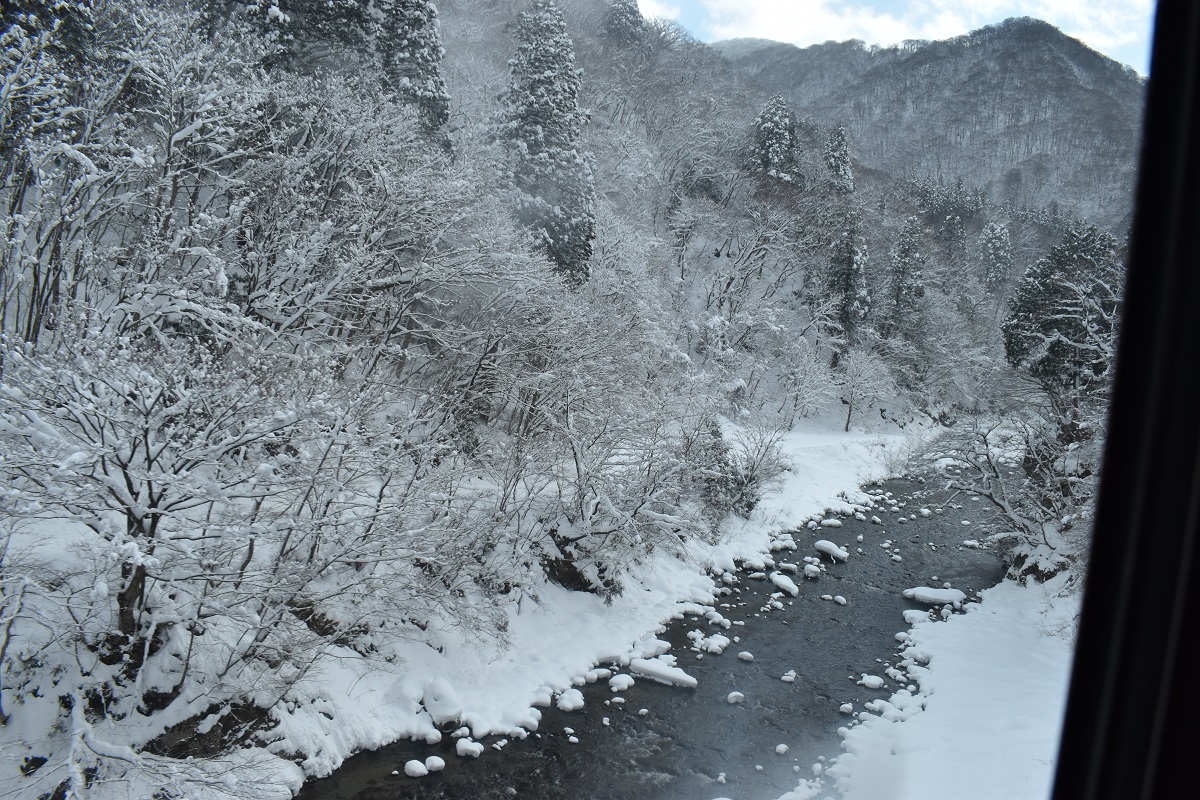Sanriku suffered Tsunami disasters many times. Each time, a stone monument was set up at the highest point where the tsunami reached, and lessons remained for individuals to run away in isolation, regardless of their families, it is said ‘Tendenko’. In the Great East Japan Earthquake, this lesson was put to good use, and about 600 students of elementary school and junior high school took the lead in evacuating to the hills at Unosumai region in Kamaishi City, saving many lives including residents. It is said to be a miracle of Kamaishi. The Unosumai Stadium, the venue for the Rugby World Cup 2019, was built on the site of the schools swallowed by the Tsunami. Test match Japan vs Fiji and World Cup match Fiji vs Uruguay were held with full audience.


Sanriku is still on the way of recovery from the Great East Japan Earthquake in 2011. Also, the speed of recovery varies from region to region. It is also influenced by topographical factors. As I mentioned the post of ‘Kita-Yamazaki cliff’ (>read more), the northern half of Sanriku is a raised coast and the other is a sinking coast, that is the real ‘rias’ coast with deep natural coves and natural good ports. The tsunami becomes huge toward the cove and the damage is great.
After the Great East Japan Earthquake, the houses in small fishing ports were moved to higher ground and the lands of towns in the cove were raised, but if the scale was large, the construction took time, and the evacuated residents could not return anymore when the land was cleared. I feel sad when I see vacant land here and there…..

If you finally went to Kesennuma at the southern end of Southern Sanriku, please drop by at the Kesennuma Memorial. The school building of Kesennuma Koyo High School, which was affected by the earthquake and tsunami, remains as it is. The tsunami that rushed up to the 4th floor, the car that had flown into the classroom and turned over, textbooks and upper shoes scattered on the floor are left as they are. I feel a strong will not to weather and forget the memory of the disaster. Come once.

For those who directly return to Morioka from Miyako
In Morioka, try jaja-men(noodles) and after that not forget to order chi-tan-tan(egg soup) using the leftovers of the jaja-men. Morioka feels continental culture in food and festival costumes.






















































































